*Koprivnica
is
a town in Croatia, formerly known as Kaproncza
(Hungarian) and Kopreinitz (German)
My SCHREINER descendancy chart lists an Armin SCHREINER married to Roza SCHREINER, daughter of Moritz SCHREINER and Babette/Betti nee POLLAK. Of course, the question is whether they are related and this is an instance of cousins marrying. On the same tree is Roza's brother Edo married to Berta WEISS.
According to a Page of Testimony submitted in 1974 for Edo MIKLOS by a man in Los Angeles, Edo's original name was SCHREINER. The maiden name of his wife, Berta WEISS, is also given as SCHREINER. The submitter also indicated that Berta and Edo were 2nd cousins. So not only do we have an instance of cousins marrying, we also have an instance of a brother and sister marrying a brother and sister! Although if Julius was a son of Aron SCHREINER, which seems likely, then Edo, Bertha, Armin and Roza would be first cousins, not second cousins. Unfortunately, none of the records in Koprivnica indicate Julius' date of birth or his parents' names. So for the time being, the exact relationship remains unknown. Update: March 2013. Thanks to the help of a researcher in Vienna who found the 1873 marriage record of Julius and Hani LOFFLER, it has now been confirmed that Julius SCHREINER is indeed the son of Aron SCHREINER and Leonora HIRSCH. Edo and Berta, Armin and Roza were all first cousins.
1) Julius (Gyula/Julio) SCHREINER (1838?-1901, Vienna) married first wife Julie GOLDSCHMID (year of birth unknown) in 1865. Julie died in 1872.
2) Adolf SCHREINER (1867-1869)
2) Kati SCHREINER (1869-?)
2) Israel SCHREINER (1871-1871; lived 2 months)
1) Julius (Gyula/Julio) SCHREINER (1838?-1901, Vienna) married second wife Hani LOFFLER (1850?-?) around 1873. At the time of Julius' death, his youngest daughters Marie Vallerie and Elsa were underage, and a guardianship was established for them.
2) Armin SCHREINER (1874-1941) married Roza SCHREINER in 1900 in Körmend. They lived in Agram and Zagreb, Yugoslavia. Armin was a well-known industrialist, manufacturer, banker, and Jewish activist, though he considered himself a non-Zionist. He was a member of the Zagreb Lodge No. 1090 of the Independent Order of B'nai B'rith. The owner of several factories including the Zagorka Clay and Fireclay Works in Bedekovcina, he was also the vice-president of the City Savings Bank and a member of the Zagreb Fair and Manufacturers' Alliance. A supporter of the fine arts, especially sculpting and painting, he also was an active member of the Society of the Arts. He and several of his family were murdered in the Croatian death camp Jasenovac, one of the largest death camps in Europe and the only one not operated by the Germans.
3) Ferdinand (Ferdo) SCHREINER (1901-1942, Auschwitz) married first wife Greta WEISS (1899-1942). He studied ceramic technology in Bohemia and later assisted his father with the management of the company. Also commander of the local volunteer fire brigade. Interned first at Lorbograd camp prior to being deported to Auschwitz.
4) Helga SCHREINER (1936-1943, Pag Island concentration camp)
4) son
5) daughter
5) son
6) daughter
3) Ferdinand (Ferdo) SCHREINER (1901-1942) married second wife Stefania/Stefa RACZ.
3) Ella SCHREINER (1902-?) married Pista LEDERER. Divorced. Pista later remarried Ella's cousin Alma EPPINGER. Ella was a biologist, and escaped with her son to Italy, where they were held in a series of internment camps until the war ended. After the war, she and her son moved to Switzerland.
4) Fedor LEDERER married Jeanine UNKNOWN
5) son
?3) Hadumi SCHREINER (1908-1942)
3) Vladimir SCHREINER (1909-1942). A mechanic, died in a labor camp on Pag Island, Croatia.
3) Otto SCHREINER (1912-1941) married Erzsi UNKNOWN. An architect, he died when the boat he was on struck a mine and sunk. Everyone aboard drowned.
3) Mira/Mirjam SCHREINER (1915-1941). A secretary in the Zagorka factory office. She died in the Pag Island concentration camp.
3) Leo SCHREINER aka Arie ARONI (1913-1997). See the Schreiner Branches page for a fuller description of his life.
4) living
5) living
5) living
5) living
2) Leopold SCHREINER (1877-1883). Died of diptheria.
2) Bertha SCHREINER (1878, Zagreb -1942, Zagreb), married first husband Unknown WEISS in ? During the last decade of the 19th century she immigrated to the U.S.
3) Frederick/Friedl WEISS/WHITE (1900, New York City - 1959, Zagreb). He studied in Vienna and worked there as a journalist, and was arrested after the Anschlus. Due to his American citizenship, he was released and returned to the United States, where he settled in Chicago and worked for the American Jewish Committee. At the end of the war he returned to Austria and became involved in efforts to organize relief efforts for the surviving Jews of Europe. Though he did not speak Serbo-Croatian, he was appointed the Joint Distribution Committee representative in Yugoslavia. For his efforts, he was awarded the Decoration of the Yugoslav Flag by Josip Broz Tito in 1950.

3) Franz/Frank WEISS/WHITE
2) Bertha SCHREINER (1878-1942), married second husband Edo SCHREINER/MIKLOS (1876-1942) in ? Edo was the brother of Armin SCHREINER's wife Roza SCHREINER. Edo was an architect and the family lived in Szombathely, Hungary and Zagreb, Croatia.
2) Rosa SCHREINER (1880-1883)
2) Marie Vallerie, aka Valerija/Wally SCHREINER (1883-1943), married Bela REICH (1869-1942, Auschwitz). Valerija was deported to Auschwitz and survived the selection process. She was sent to Ravensbruck and endured hard labor. At the end of the war, she and the other inmates were sent on a death march towards Bergen-Belsen. Along the way, Valerija, sick with typhus, fell into a ditch and was shot by an SS guard.
3) Evo/Ivo/Hugo REICH married Liliza UNKNOWN. Ivo survived Jasenovac concentration camp, thanks to his wife, a non-Jew, who arranged for his release. After the war, the family emigrated to Israel.
4) daughter. This family lives in Israel.
5) son
5) son
5) son
3) Hugo REICH married Maria MOTOVUN. Hugo was a reserve officer and survived Osnabruck labor camp after being captured by the Germans.
2) Elsa SCHREINER (1885-?) married Franz JOKL. Descendants of this family live in Brazil.
3) son
4) daughter
5) son
5) daughter
5) daughter
5) daughter
5) son
Zagorka Clay and Fireclay Works Factory: The Use of Ceramic Tiles in Architecture
All earthenware products, modeled, fired
or glazed that have a functional and decorative
use in architecture are known as architectural
ceramics.
This could include tiled stoves, ceramic facade decorations, wall panels, and floor tiles. Besides being attractive, they also had a hygienic purpose in that they could be cleaned with a wet cloth and not raise dust.
The Zagorka Clay and Fireworks Clay factory in Bedekovcina, Croatia, was one of two manufacturers dominating the market of Art Nouveau architectural ceramics. Founded in 1889, Armin SCHREINER was initially manager, then took over the company in 1906, and handed over management to his son Ferdo in 1926. Armin played a major role in popularizing Croatian architectural ceramics, and architects in the first and second decades of the 20th century used Zagorka tiles in many major construction projects in Croatia, Bosnia and Hercegovina. Zagorka tiles were used in public baths, banks, bakeries, apartment buildings, post offices, industrial plants, restaurants, and most notably in the Zagreb Theological Seminary and National and University Library, also in Zagreb. Below are some examples of products manufactured by the Zagorka factory.
Return to Körmend home page
Go to Schreiner branches page
My SCHREINER descendancy chart lists an Armin SCHREINER married to Roza SCHREINER, daughter of Moritz SCHREINER and Babette/Betti nee POLLAK. Of course, the question is whether they are related and this is an instance of cousins marrying. On the same tree is Roza's brother Edo married to Berta WEISS.
According to a Page of Testimony submitted in 1974 for Edo MIKLOS by a man in Los Angeles, Edo's original name was SCHREINER. The maiden name of his wife, Berta WEISS, is also given as SCHREINER. The submitter also indicated that Berta and Edo were 2nd cousins. So not only do we have an instance of cousins marrying, we also have an instance of a brother and sister marrying a brother and sister! Although if Julius was a son of Aron SCHREINER, which seems likely, then Edo, Bertha, Armin and Roza would be first cousins, not second cousins. Unfortunately, none of the records in Koprivnica indicate Julius' date of birth or his parents' names. So for the time being, the exact relationship remains unknown. Update: March 2013. Thanks to the help of a researcher in Vienna who found the 1873 marriage record of Julius and Hani LOFFLER, it has now been confirmed that Julius SCHREINER is indeed the son of Aron SCHREINER and Leonora HIRSCH. Edo and Berta, Armin and Roza were all first cousins.
1) Julius (Gyula/Julio) SCHREINER (1838?-1901, Vienna) married first wife Julie GOLDSCHMID (year of birth unknown) in 1865. Julie died in 1872.
2) Adolf SCHREINER (1867-1869)
2) Kati SCHREINER (1869-?)
2) Israel SCHREINER (1871-1871; lived 2 months)
1) Julius (Gyula/Julio) SCHREINER (1838?-1901, Vienna) married second wife Hani LOFFLER (1850?-?) around 1873. At the time of Julius' death, his youngest daughters Marie Vallerie and Elsa were underage, and a guardianship was established for them.
2) Armin SCHREINER (1874-1941) married Roza SCHREINER in 1900 in Körmend. They lived in Agram and Zagreb, Yugoslavia. Armin was a well-known industrialist, manufacturer, banker, and Jewish activist, though he considered himself a non-Zionist. He was a member of the Zagreb Lodge No. 1090 of the Independent Order of B'nai B'rith. The owner of several factories including the Zagorka Clay and Fireclay Works in Bedekovcina, he was also the vice-president of the City Savings Bank and a member of the Zagreb Fair and Manufacturers' Alliance. A supporter of the fine arts, especially sculpting and painting, he also was an active member of the Society of the Arts. He and several of his family were murdered in the Croatian death camp Jasenovac, one of the largest death camps in Europe and the only one not operated by the Germans.
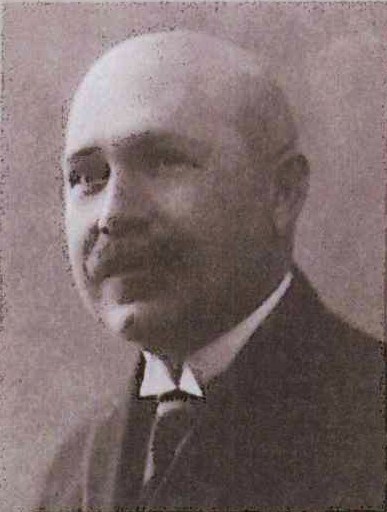 |
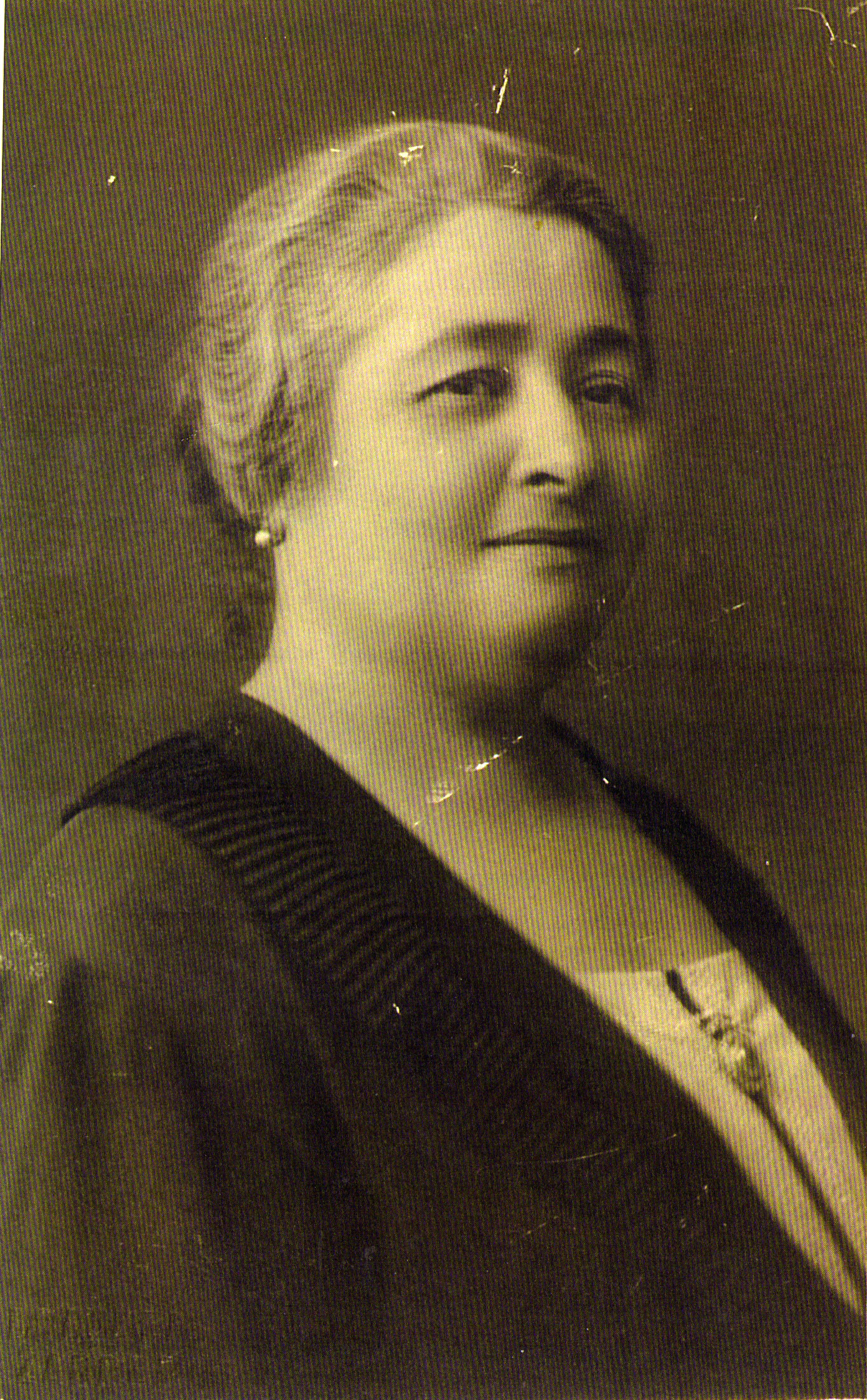 |
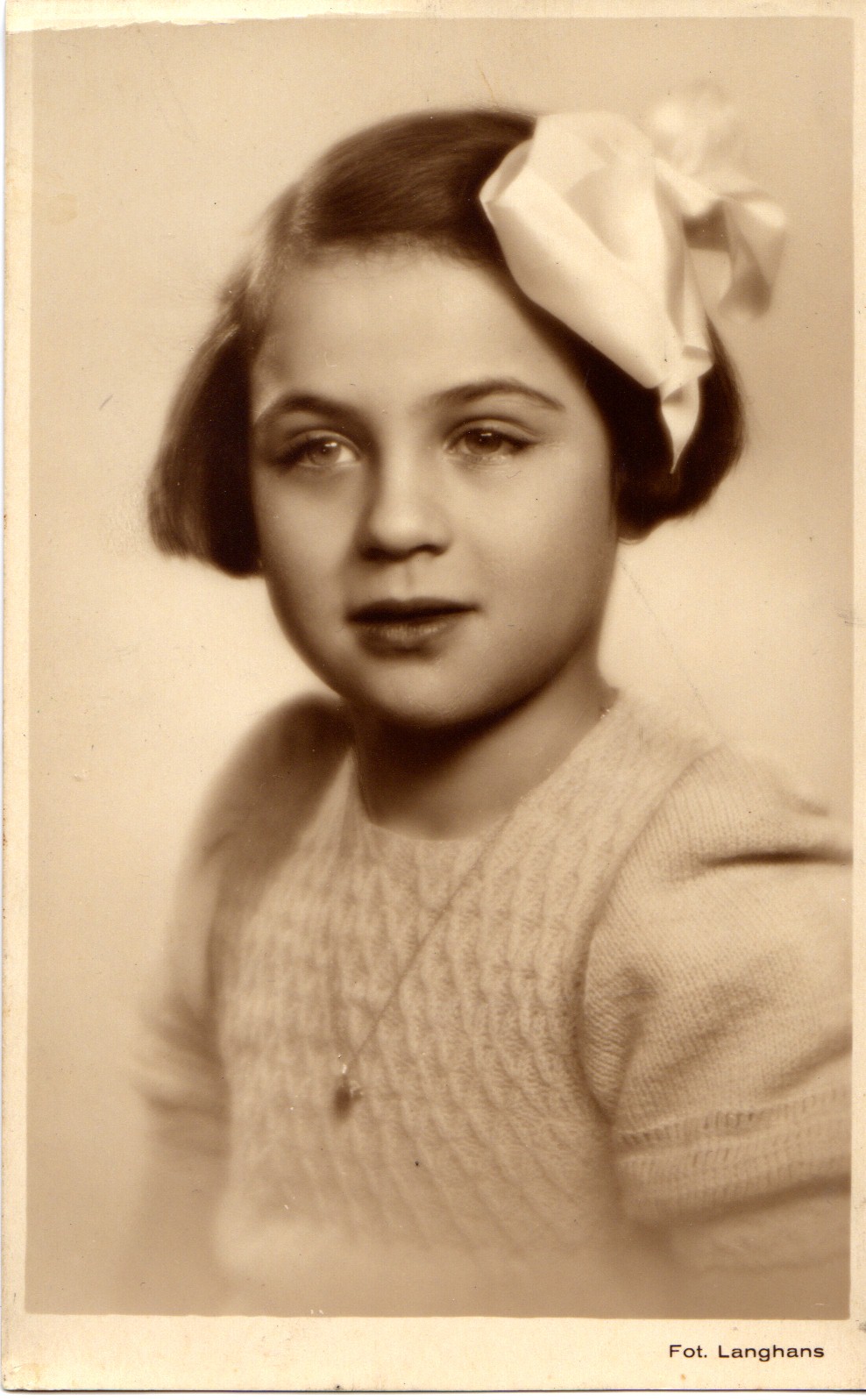 |
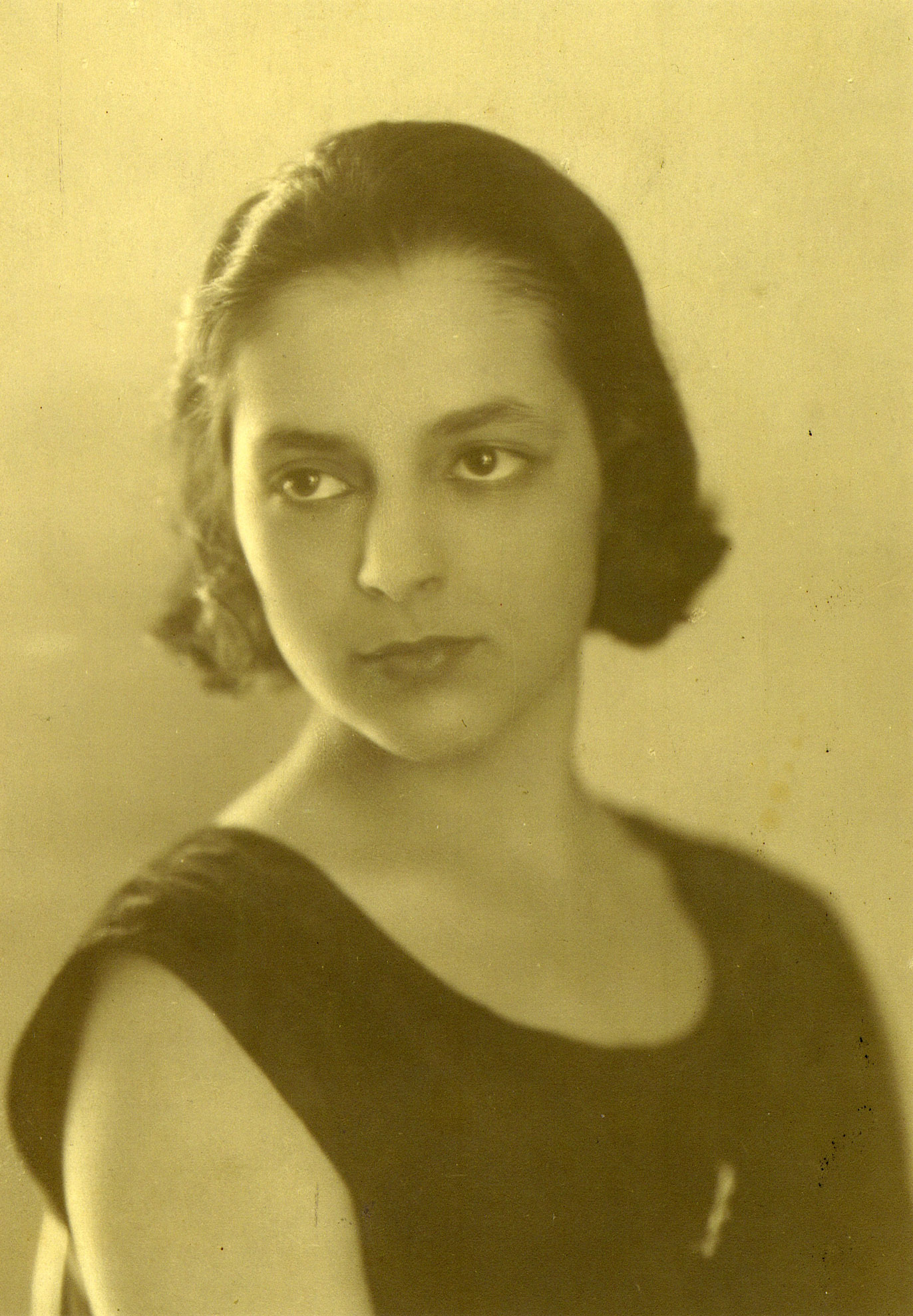 |
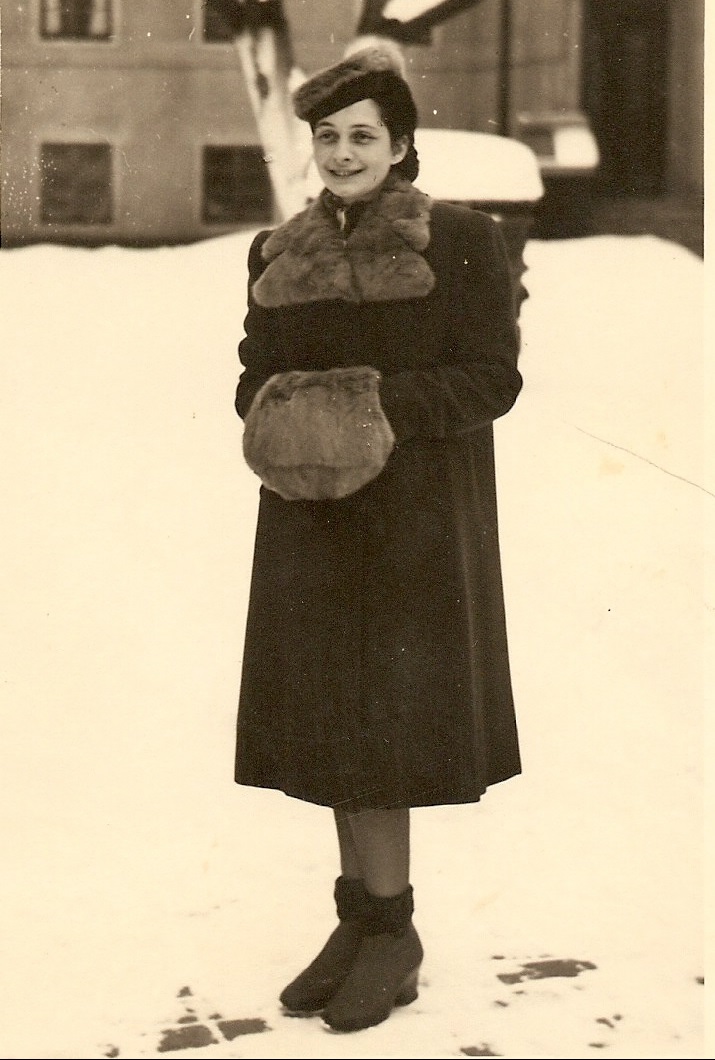 |
| Armin Schreiner |
Roza Schreiner |
Helga Schreiner |
Ella Lederer nee
Schreiner |
Mira Schreiner |
3) Ferdinand (Ferdo) SCHREINER (1901-1942, Auschwitz) married first wife Greta WEISS (1899-1942). He studied ceramic technology in Bohemia and later assisted his father with the management of the company. Also commander of the local volunteer fire brigade. Interned first at Lorbograd camp prior to being deported to Auschwitz.
4) Helga SCHREINER (1936-1943, Pag Island concentration camp)
4) son
5) daughter
5) son
6) daughter
3) Ferdinand (Ferdo) SCHREINER (1901-1942) married second wife Stefania/Stefa RACZ.
3) Ella SCHREINER (1902-?) married Pista LEDERER. Divorced. Pista later remarried Ella's cousin Alma EPPINGER. Ella was a biologist, and escaped with her son to Italy, where they were held in a series of internment camps until the war ended. After the war, she and her son moved to Switzerland.
4) Fedor LEDERER married Jeanine UNKNOWN
5) son
?3) Hadumi SCHREINER (1908-1942)
3) Vladimir SCHREINER (1909-1942). A mechanic, died in a labor camp on Pag Island, Croatia.
3) Otto SCHREINER (1912-1941) married Erzsi UNKNOWN. An architect, he died when the boat he was on struck a mine and sunk. Everyone aboard drowned.
3) Mira/Mirjam SCHREINER (1915-1941). A secretary in the Zagorka factory office. She died in the Pag Island concentration camp.
3) Leo SCHREINER aka Arie ARONI (1913-1997). See the Schreiner Branches page for a fuller description of his life.
4) living
5) living
5) living
5) living
2) Leopold SCHREINER (1877-1883). Died of diptheria.
2) Bertha SCHREINER (1878, Zagreb -1942, Zagreb), married first husband Unknown WEISS in ? During the last decade of the 19th century she immigrated to the U.S.
3) Frederick/Friedl WEISS/WHITE (1900, New York City - 1959, Zagreb). He studied in Vienna and worked there as a journalist, and was arrested after the Anschlus. Due to his American citizenship, he was released and returned to the United States, where he settled in Chicago and worked for the American Jewish Committee. At the end of the war he returned to Austria and became involved in efforts to organize relief efforts for the surviving Jews of Europe. Though he did not speak Serbo-Croatian, he was appointed the Joint Distribution Committee representative in Yugoslavia. For his efforts, he was awarded the Decoration of the Yugoslav Flag by Josip Broz Tito in 1950.

Frederick White
3) Franz/Frank WEISS/WHITE
2) Bertha SCHREINER (1878-1942), married second husband Edo SCHREINER/MIKLOS (1876-1942) in ? Edo was the brother of Armin SCHREINER's wife Roza SCHREINER. Edo was an architect and the family lived in Szombathely, Hungary and Zagreb, Croatia.
2) Rosa SCHREINER (1880-1883)
2) Marie Vallerie, aka Valerija/Wally SCHREINER (1883-1943), married Bela REICH (1869-1942, Auschwitz). Valerija was deported to Auschwitz and survived the selection process. She was sent to Ravensbruck and endured hard labor. At the end of the war, she and the other inmates were sent on a death march towards Bergen-Belsen. Along the way, Valerija, sick with typhus, fell into a ditch and was shot by an SS guard.
3) Evo/Ivo/Hugo REICH married Liliza UNKNOWN. Ivo survived Jasenovac concentration camp, thanks to his wife, a non-Jew, who arranged for his release. After the war, the family emigrated to Israel.
4) daughter. This family lives in Israel.
5) son
5) son
5) son
3) Hugo REICH married Maria MOTOVUN. Hugo was a reserve officer and survived Osnabruck labor camp after being captured by the Germans.
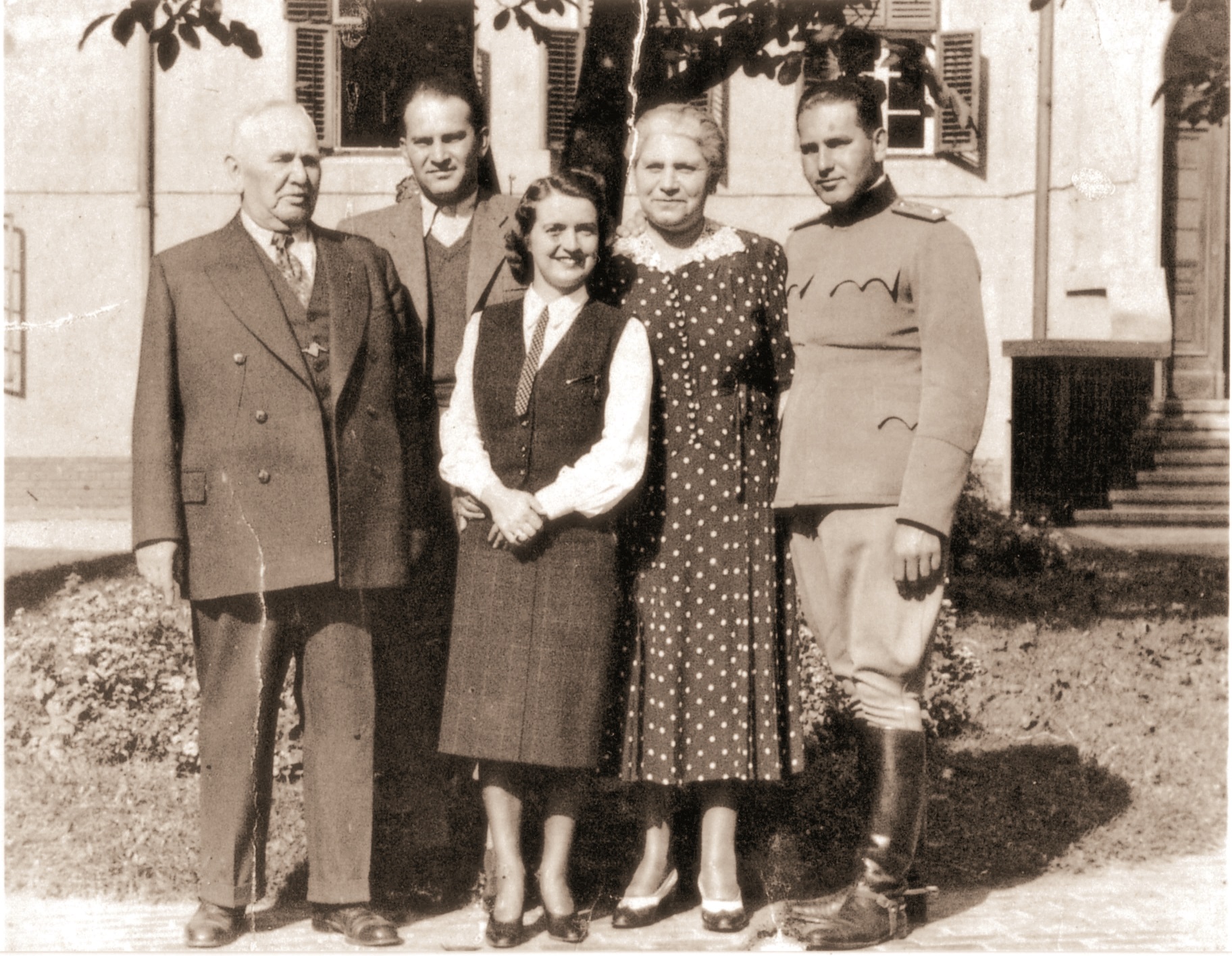 |
| Left to right: Bela
Reich, Ivo Reich, Lilly Reich (Ivo's wife), Wally Reich
nee Schreiner, Hugo Reich |
2) Elsa SCHREINER (1885-?) married Franz JOKL. Descendants of this family live in Brazil.
3) son
4) daughter
5) son
5) daughter
5) daughter
5) daughter
5) son
Zagorka Clay and Fireclay Works Factory: The Use of Ceramic Tiles in Architecture
This could include tiled stoves, ceramic facade decorations, wall panels, and floor tiles. Besides being attractive, they also had a hygienic purpose in that they could be cleaned with a wet cloth and not raise dust.
The Zagorka Clay and Fireworks Clay factory in Bedekovcina, Croatia, was one of two manufacturers dominating the market of Art Nouveau architectural ceramics. Founded in 1889, Armin SCHREINER was initially manager, then took over the company in 1906, and handed over management to his son Ferdo in 1926. Armin played a major role in popularizing Croatian architectural ceramics, and architects in the first and second decades of the 20th century used Zagorka tiles in many major construction projects in Croatia, Bosnia and Hercegovina. Zagorka tiles were used in public baths, banks, bakeries, apartment buildings, post offices, industrial plants, restaurants, and most notably in the Zagreb Theological Seminary and National and University Library, also in Zagreb. Below are some examples of products manufactured by the Zagorka factory.
| Examples
of floor tiles found in the entry halls and stairwells
of apartments and hotels in Zagreb. |
Pilasters*
in the Big Reading Room, National and University
Library, Zagreb. * a pilaster is a
rectangular column with a capital base, which
projects slightly from a wall as an ornamental
motif.
|
Exterior
wall tiles |
Flamingo
decorative tiles from the office of Armin Schreiner |
Pigs
decorative tiles from a butcher shop |
Return to Körmend home page
Go to Schreiner branches page
© Copyright
2009 Judy Petersen

